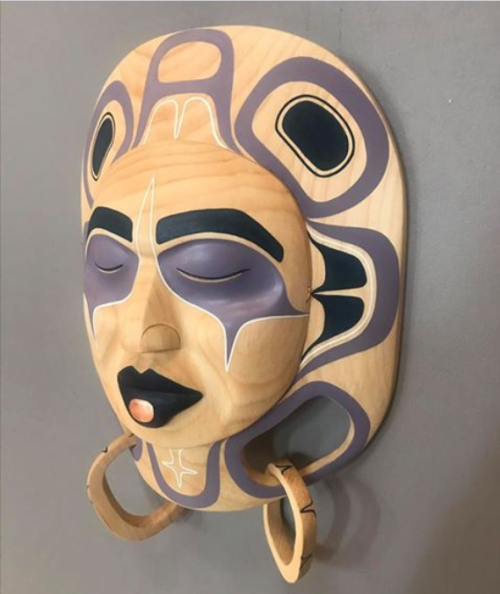At a recent Meaningful Discussions meetup on gender equality, one of the warm-up questions was “Why do you like being a man or a woman?” I thought it an odd question.
I never thought to have an opinion about being a man, any more than I thought to have much of one about being left-handed or on the short side of medium height. It was just another fact, and one that I would need to feel far more strongly about than I do before taking steps to change it.
When others at my table had answered the question, all I managed to contribute was to draw an analogy to Bill Hicks’ answer to the question, “Are You Proud to be an American?”: “I didn’t have a lot to do with it. My parents fucked there, that’s about all.”
I am aware, though, that for many people – probably the majority – being a man or a woman is a major part of how they define themselves. Or, to be exact, in the case of most men, how they define themselves is as not being women. So why am I different? Why is being a man such a minor part of my identity? Outside of my love life, which is as straight as it could be, I don’t spend much time thinking of myself as a man.
After all, I never made a conscious decision to reject male values. For the most part, I simply ignore them.
Part of the answer is probably that I never felt any need to prove my masculinity. Although I reached my full height at fifteen, I entered adolescence tall for my age, which tends to command respect among young males. Also, I won cross-country championships and broke several long distance records on the track – neither of which represented main stream athleticism in the football and basketball culture of high school, but which together were enough of an accomplishment that no one bothered me.
Despite doing well in academics, I was never called a geek or a nerd, and in the couple of attempts to bully me, I more than managed to hold my own through my smart mouth. I felt more annoyed than challenged. I never had a need to establish my position in the hierarchy of boys, or to reject a standard that I couldn’t meet. Looking back, I realize I was lucky.
Just as important was my father’s example. He told me once how, when he was in the British Army in World War 2, he made the mistake of telling a visiting officer that he didn’t see much point in the training his unit was receiving in preparation for the Normandy Invasion. Next day, he was transferred to a unit that would be among the first to land – an experience that had taught him to shut his mouth and go his own way.
Later, when I worked several summers in the plant where my father was a foreman, I noticed that was the way he lived outside the house. He could swear and joke with the best of his fellow workers (although, unlike many men of his generation, never around women or children), but I never heard him doing so in a bragging or aggressive way. Seeing him going his own way, I unconsciously did the same, withdrawing more and more from teen society in the last two years of high school. By the time I graduated, peer pressure barely existed for me.
These unconscious influences were emphasized by my conscious decision when I was fourteen that I was a feminist. By that point, my mother had been back at work for several years, and I had seen how my parents’ division of labor had shifted as a result. Around the same time, I also fell under the influence of a cool student teacher in large glasses and a granny dress who introduced feminism into her lessons. The times, as they said at the time, were a-changin’, and why should I waste my effort living up to updated standards? Declaring myself a feminist was part of my rebellious adolescence, and soon settled down to a part of my identity that I did care about.
Accordingly, I graduated, went to university, and eventually married another feminist. Both of us simultaneously made it a condition of marriage that she not change her name, and in the thirty-two years before she died, we both took considerable enjoyment from breaking sexual stereotypes in little ways, like having her pay at the restaurant. The cash came from the same bank account, so who cared who handed it out? Anyway, the confusion on the server’s face was frequently priceless.
Under all these circumstances, no wonder the question of what I liked about being a man seems meaningless to me. I am still too busy trying to be a human, which seems far more important.
Of course, not worrying about my gender identity is a form of male privilege. A woman, I suspect, would have to be superhuman in her self-will not to be continuously aware of the expectations placed on her due to her gender. No one would allow her to forget. All the same, if I had to choose something I like about being a man, I would have to say it is the fact that in many aspects of life, I don’t have to think about being a man. In fact, the question is so remote from the way I live my life that it took me four days after the meetup about gender equality to come up with any kind of answer.



